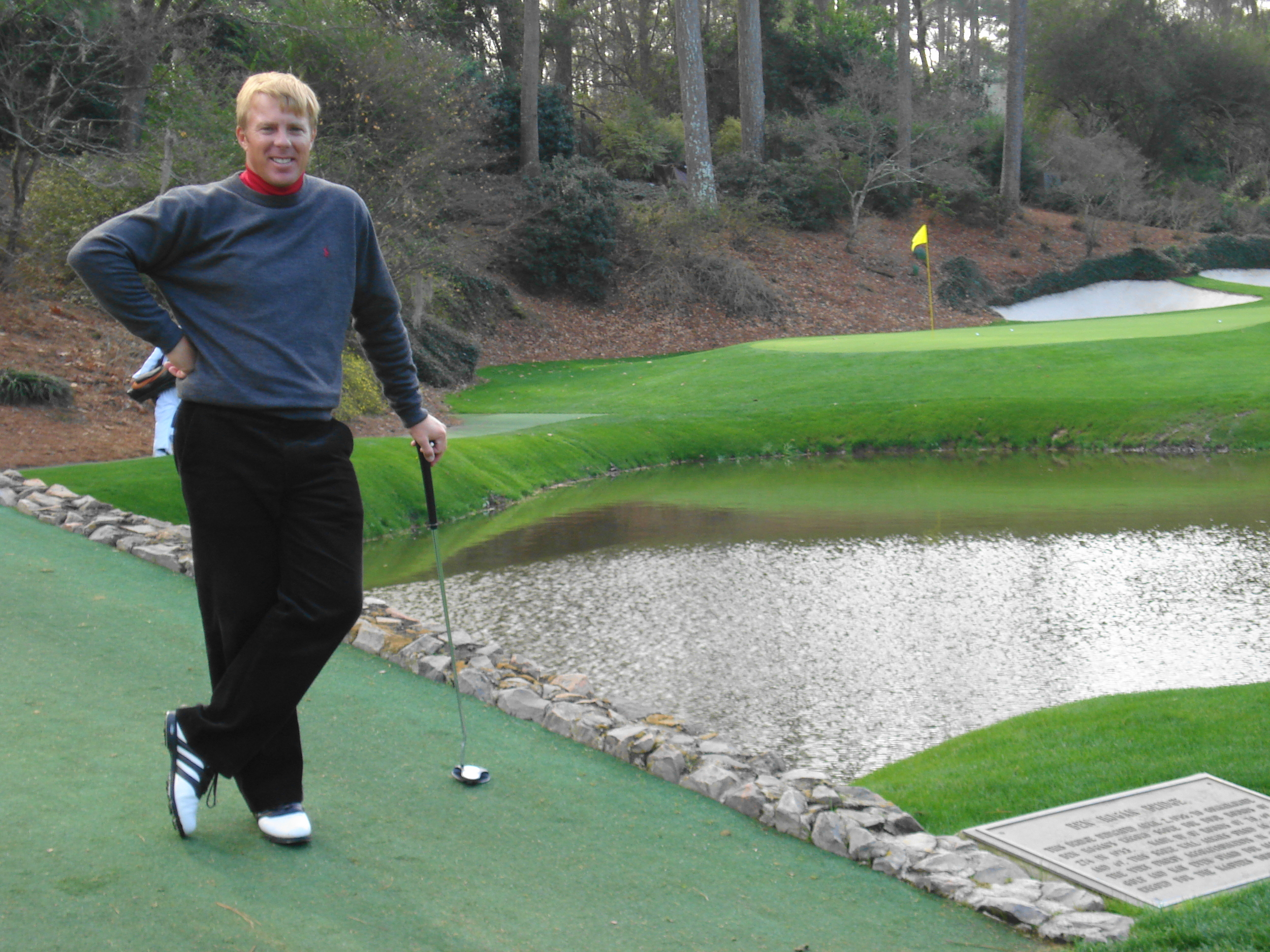Divotology
/Divots are one of the greatest tools that golfers have available to help them analyze the physics they are imparting on the golf ball.
Here are some simple pointers and facts about what your divots should look like: (speaking as a right hander)
- A post impact divot indicates a descending, downward blow on the back of the ball. This is imperative for good ball striking. I encourage all golfers to take divots with all full swings off the ground other than the driver.
- A proper divot should begin just forward of where the ball touches the ground.
- The deepest point of a divot should be three inches forward of where the ball touches the ground. Bobby Clampett in his book, The Impact Zone, states that it should be four inches, but that would mean the divot should be eight inches long and I haven't seen many good divots that are eight inches long.
- The optimal length of a divot is six inches, but this is often effected by turf conditions.
- There should be very little dirt showing in the divot, with just the 'green' or leaves being stripped from the stems of the grass. Leave the roots behind so the grass can fill back in! Once again this can be effected by turf conditions.
- The correct line for a well struck straight shot should be slightly to the left of the target (for right handers). This is due to the fact that the divot occurs after the hit and at that point the club has already started to move back to the inside.
- The entry and exit points should be square. We want dollar bills, no trapezoids!

In the above picture notice how the tee has been pressed into the ground. This indicates that the ball was struck prior to the start of the divot - just as it should be! I also like the fact that the roots are still visible in the dirt.
Firstly, take divots! Secondly, work to refine them, so that they take on the correct shape and direction! When that starts to happen, you are playing some special golf!


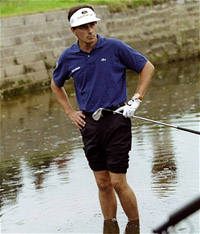

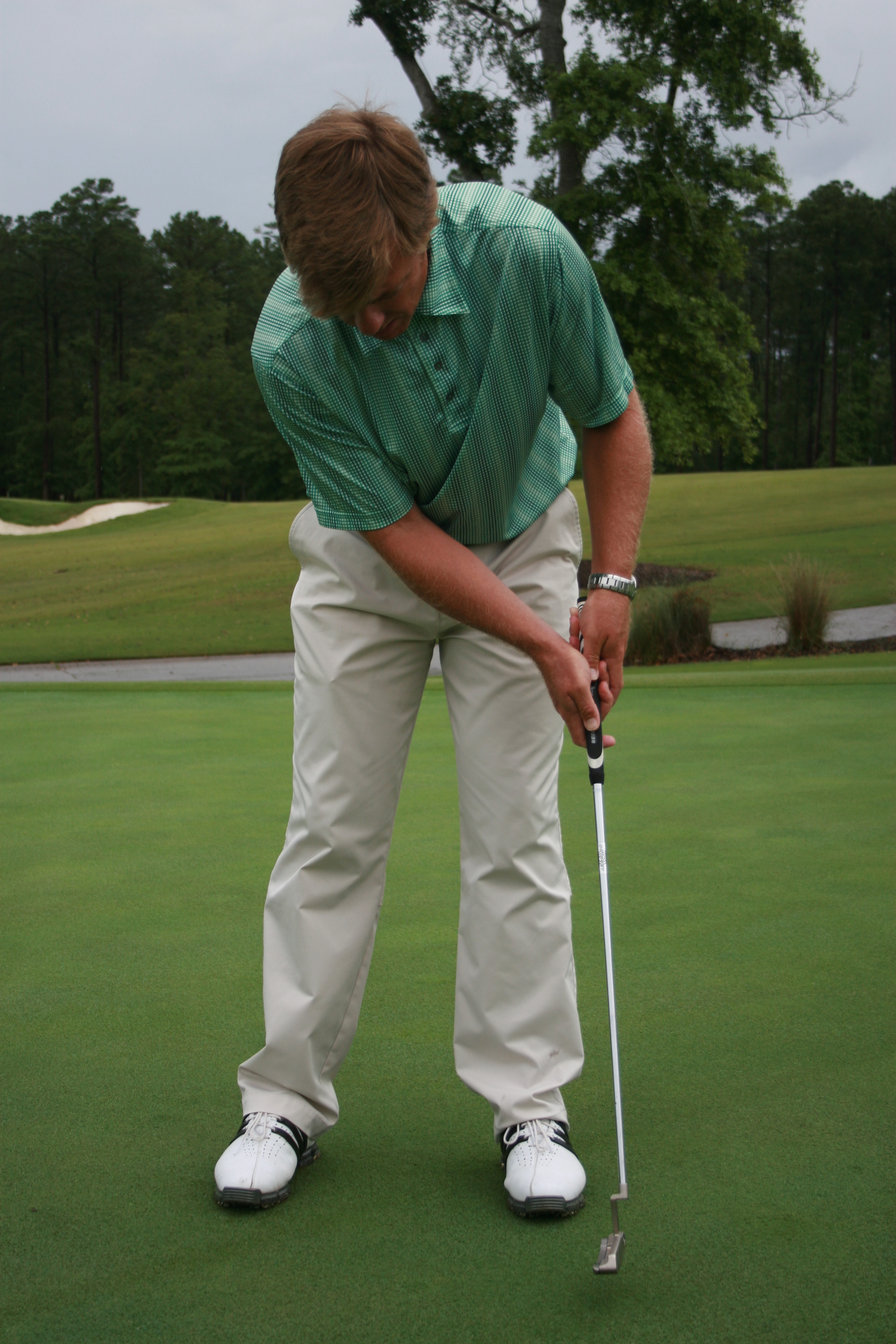
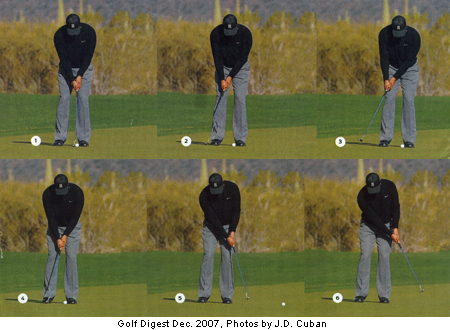
 Ireland is my favorite country in the world to play golf in and nowhere in all of Ireland is the combination of luxury and pure
Ireland is my favorite country in the world to play golf in and nowhere in all of Ireland is the combination of luxury and pure 

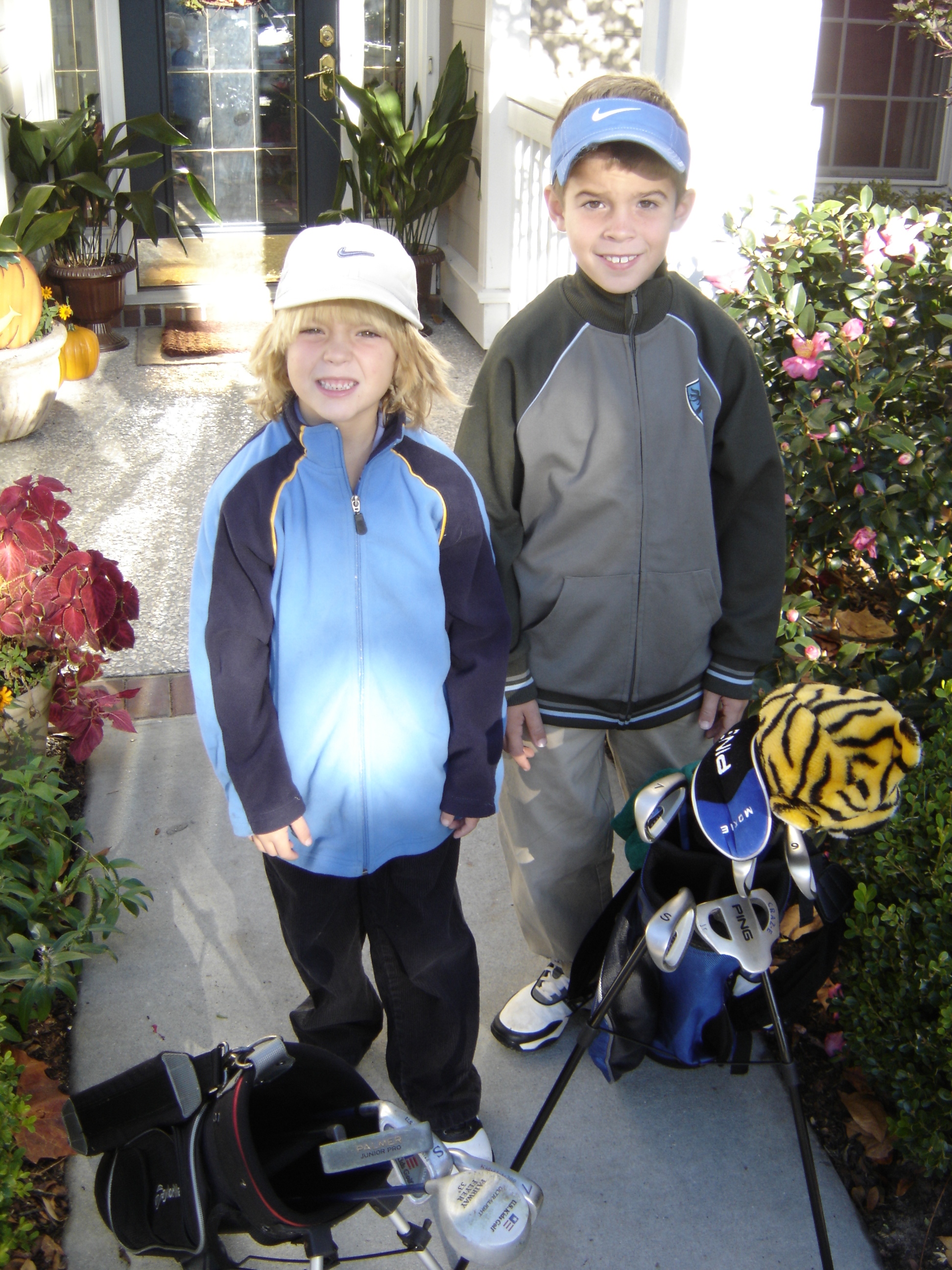 Pleasant words promote instruction. Proverbs 16:21
Pleasant words promote instruction. Proverbs 16:21
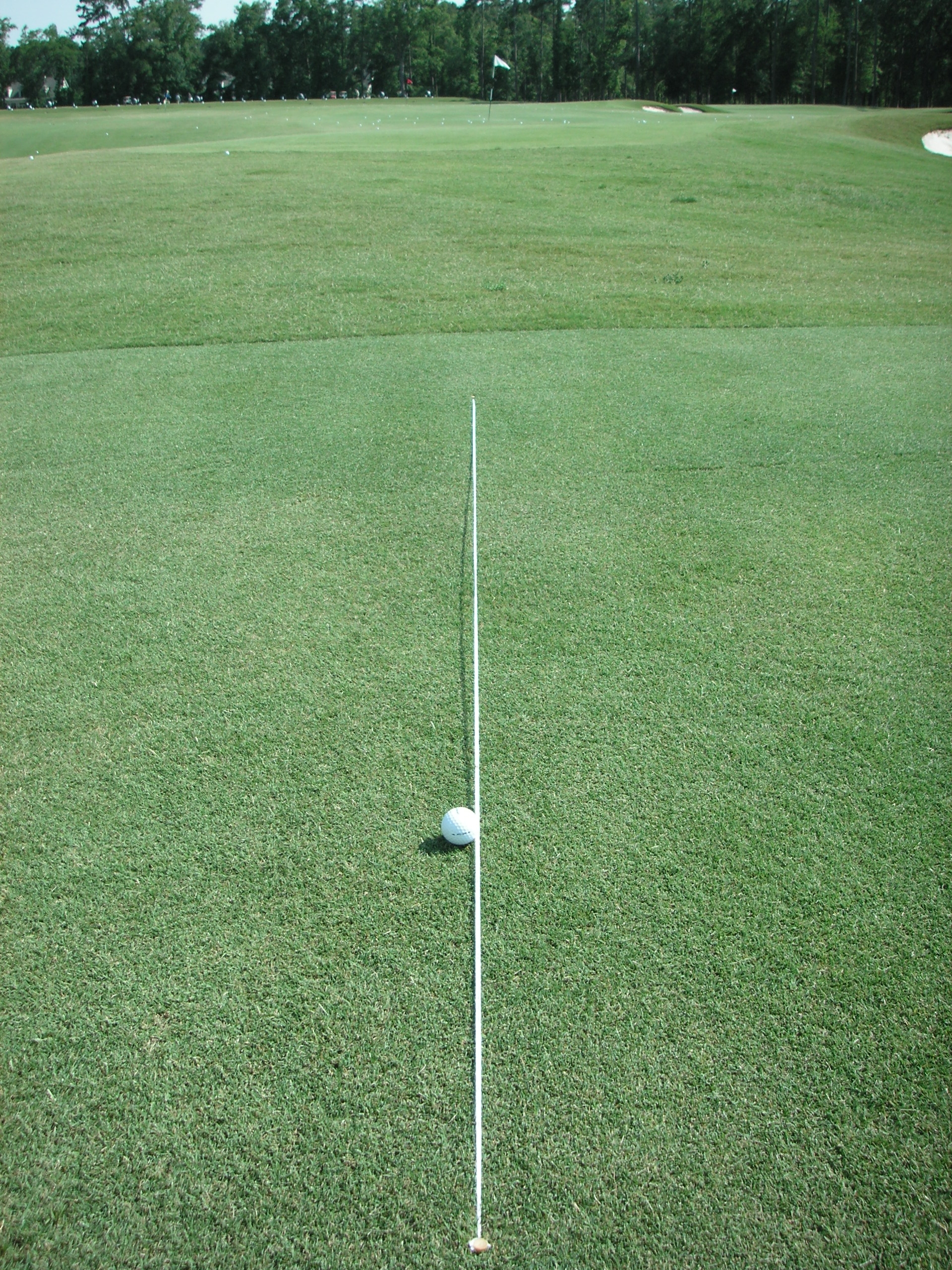

 For many years I have believed that the irons are struck with a descending blow, the fairway woods and hybrids are swept off the ground and the driver is hit with a slightly upward hit.
For many years I have believed that the irons are struck with a descending blow, the fairway woods and hybrids are swept off the ground and the driver is hit with a slightly upward hit. 


 I watched the broadcast from Quail Hollow yesterday and was shocked at what I saw; these golfers were playing some of the hardest holes I have ever seen with 9-irons and wedges for their approaches. I have been to this event and the
I watched the broadcast from Quail Hollow yesterday and was shocked at what I saw; these golfers were playing some of the hardest holes I have ever seen with 9-irons and wedges for their approaches. I have been to this event and the 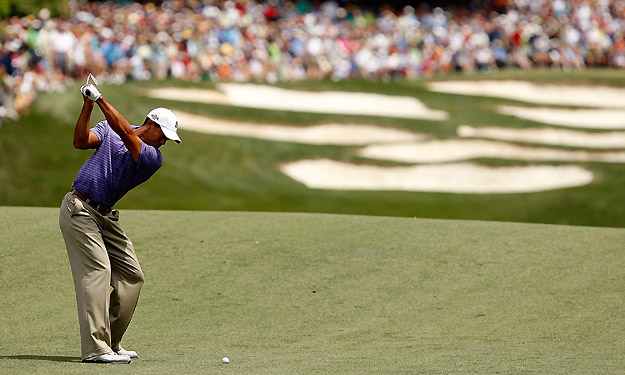
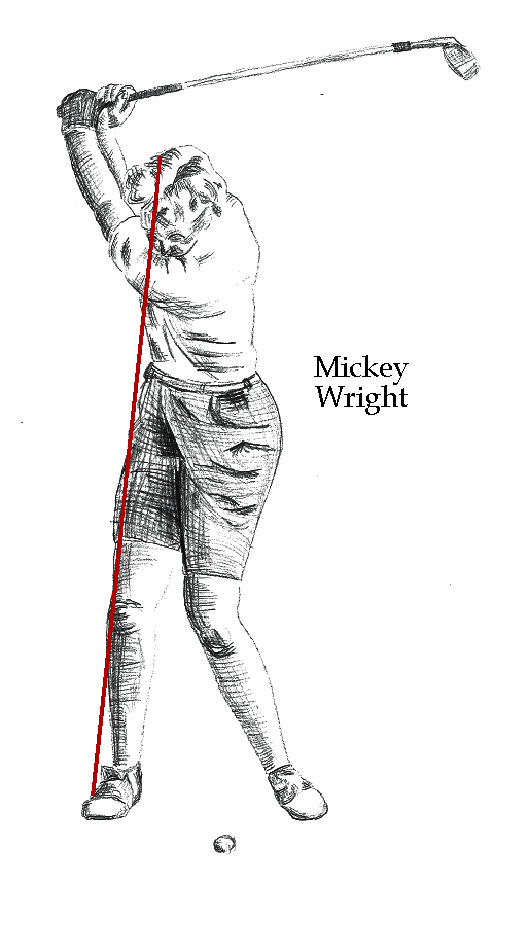


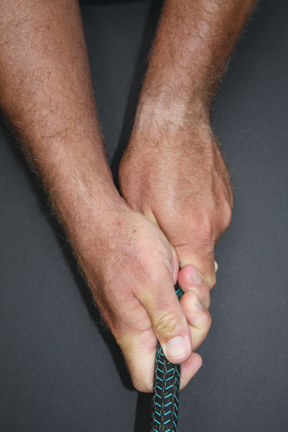 This is the first in a four part series looking at the three primary factors that pertain to a solid impact position. They are:
This is the first in a four part series looking at the three primary factors that pertain to a solid impact position. They are: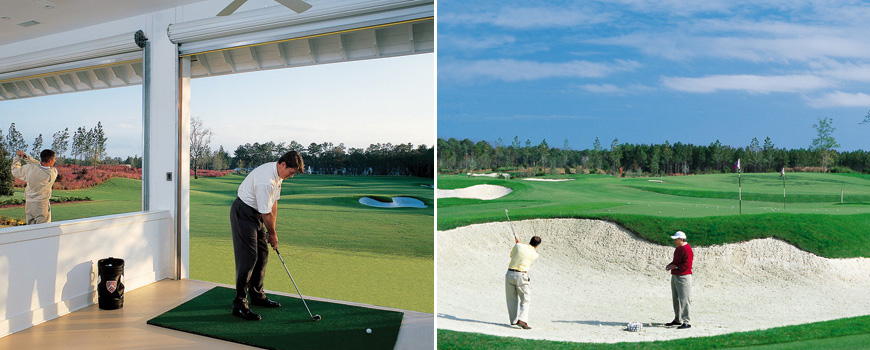 The Spring issue of Golf Digest/Index magazine just came out and ranked the top 75 practice facilities in the USA. When I first started teaching at Berkeley Hall in April 2001 I contacted Golf Digest asking them to do a piece on on the premier practice grounds in the country. They rank everything else in golf, from courses, to instructors, to golf balls, why not an integral part of any golf operation - the practice area!
The Spring issue of Golf Digest/Index magazine just came out and ranked the top 75 practice facilities in the USA. When I first started teaching at Berkeley Hall in April 2001 I contacted Golf Digest asking them to do a piece on on the premier practice grounds in the country. They rank everything else in golf, from courses, to instructors, to golf balls, why not an integral part of any golf operation - the practice area!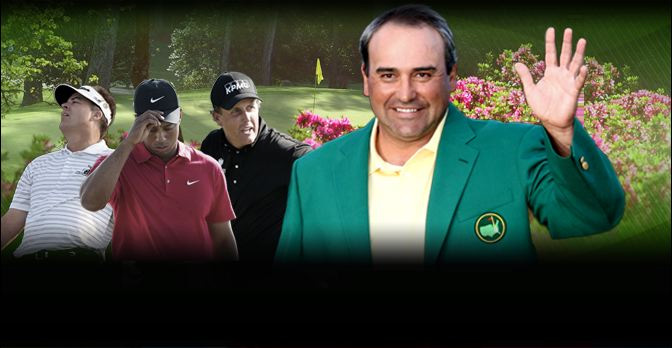 Congratulations to Angel Cabrera on winning the Masters and his second major. It's true what they say about the Masters, "It all comes down to the back nine!" The difference this year was that it all came down to the final two holes. Seventeen and eighteen favor a straight or left to right ball flight and I believe that really made all the difference in the outcome. The major players were Cabrera, Perry, Campbell and Mickelson. Cabrera was fading the ball comfortably all day, Perry and Campbell are known drawers of the ball and Lefty had his fade working.
Mickelson attempted three draws on the back nine, all with poor results - tee ball @ 11 (trees), tee ball @ 12 (water) and tee ball @ 18 (bunker). Every other tee shot on the back nine played into his fade perfectly.
Congratulations to Angel Cabrera on winning the Masters and his second major. It's true what they say about the Masters, "It all comes down to the back nine!" The difference this year was that it all came down to the final two holes. Seventeen and eighteen favor a straight or left to right ball flight and I believe that really made all the difference in the outcome. The major players were Cabrera, Perry, Campbell and Mickelson. Cabrera was fading the ball comfortably all day, Perry and Campbell are known drawers of the ball and Lefty had his fade working.
Mickelson attempted three draws on the back nine, all with poor results - tee ball @ 11 (trees), tee ball @ 12 (water) and tee ball @ 18 (bunker). Every other tee shot on the back nine played into his fade perfectly.